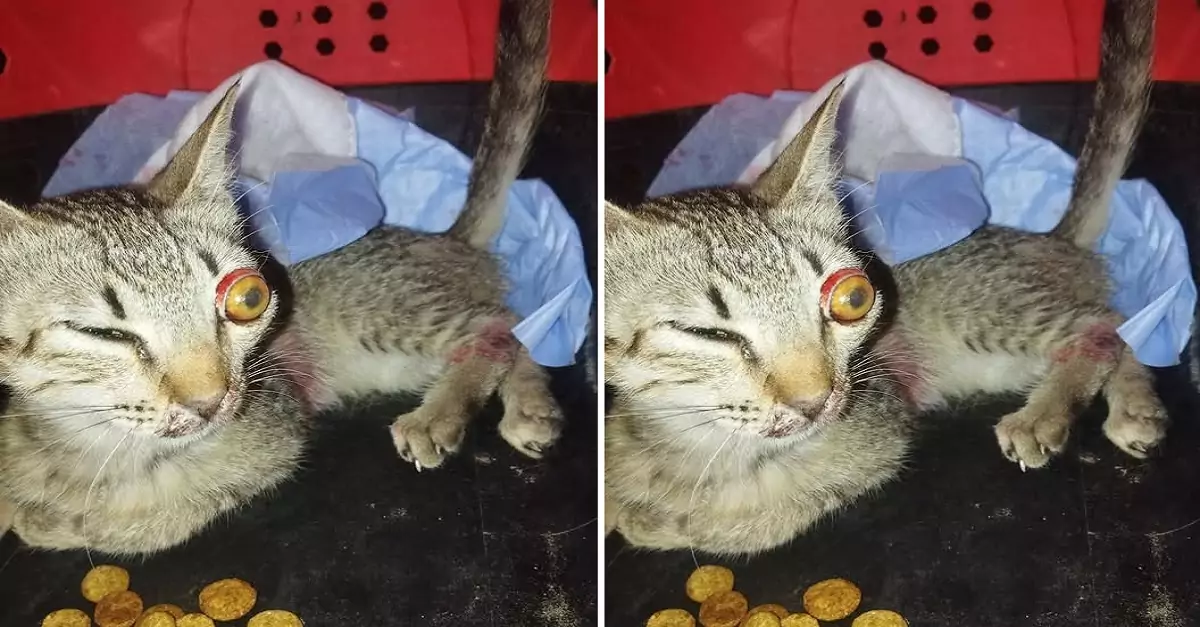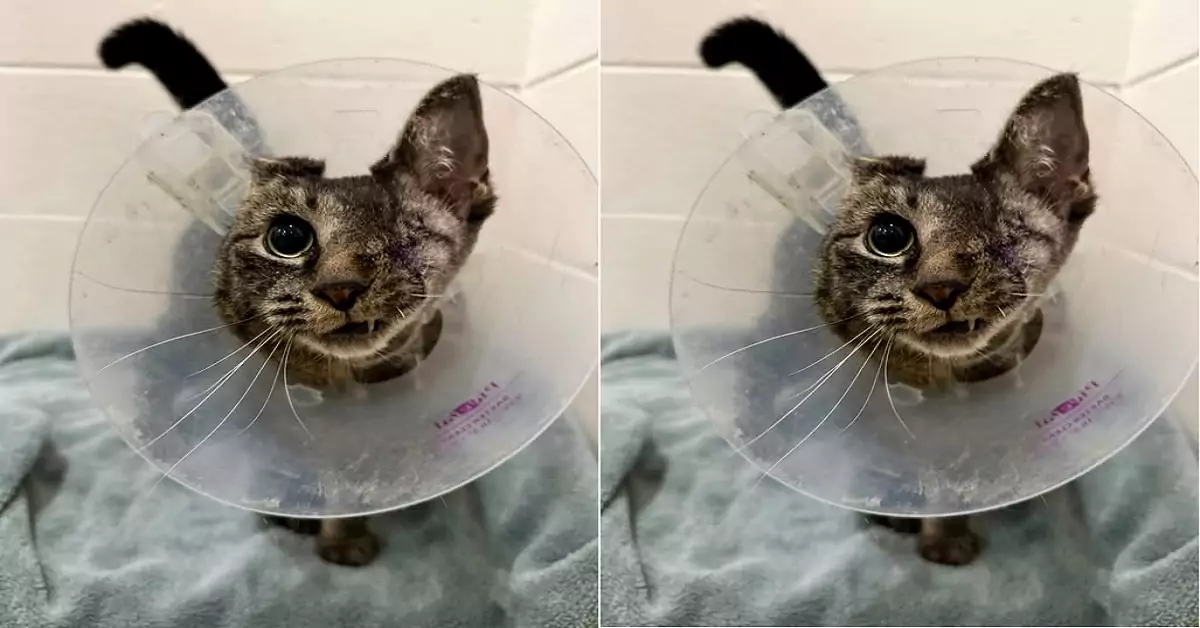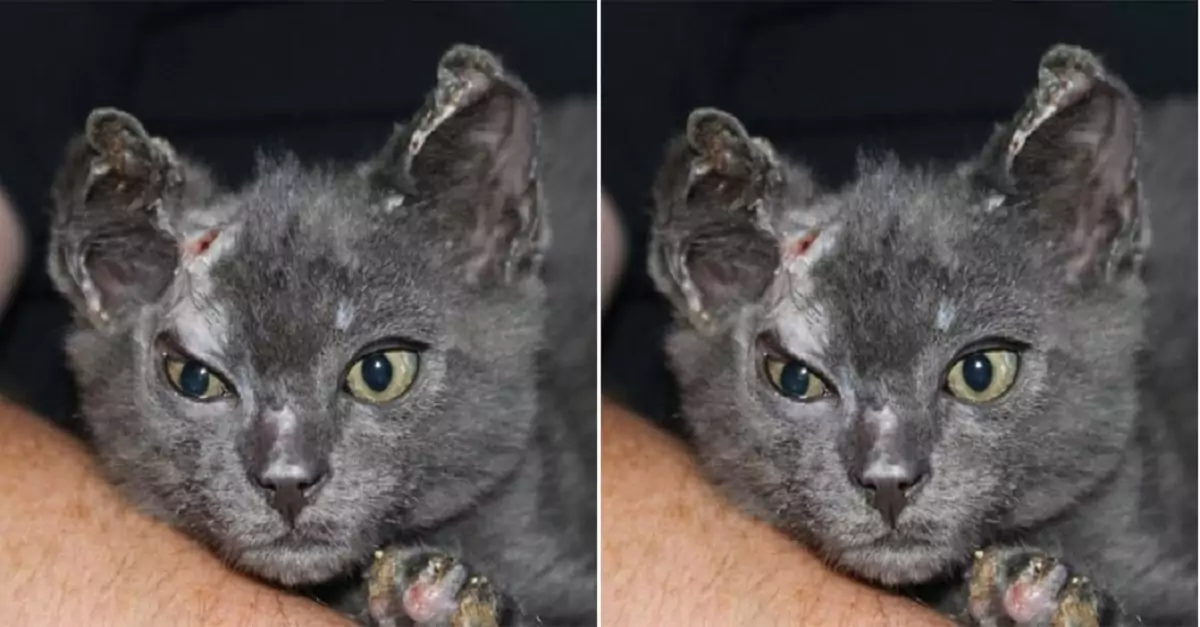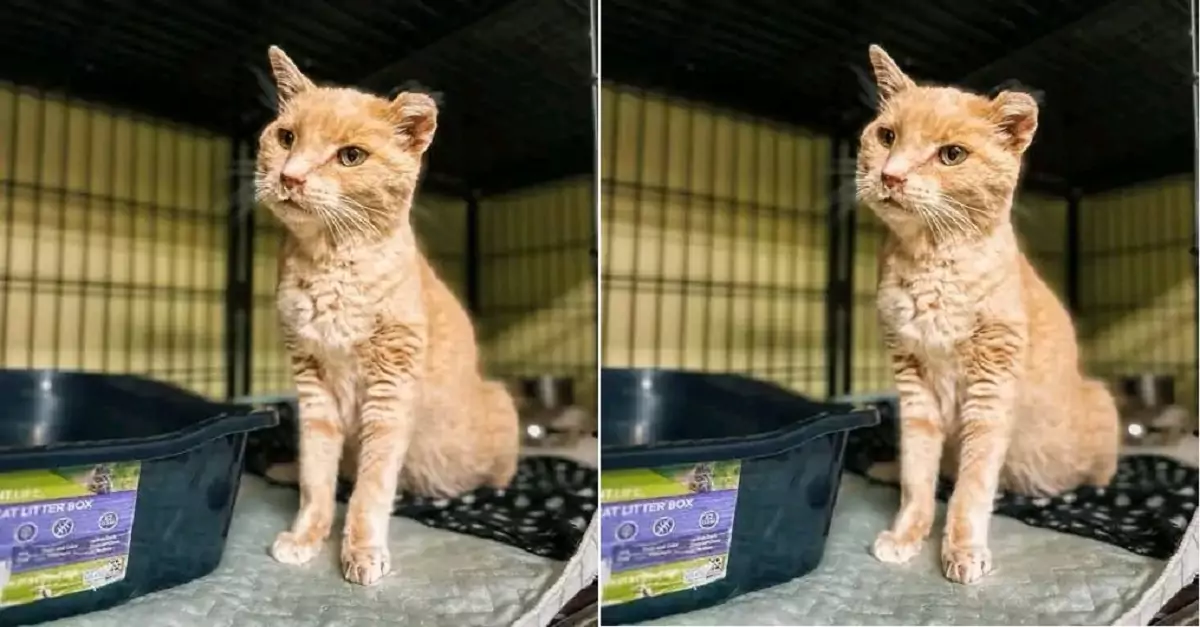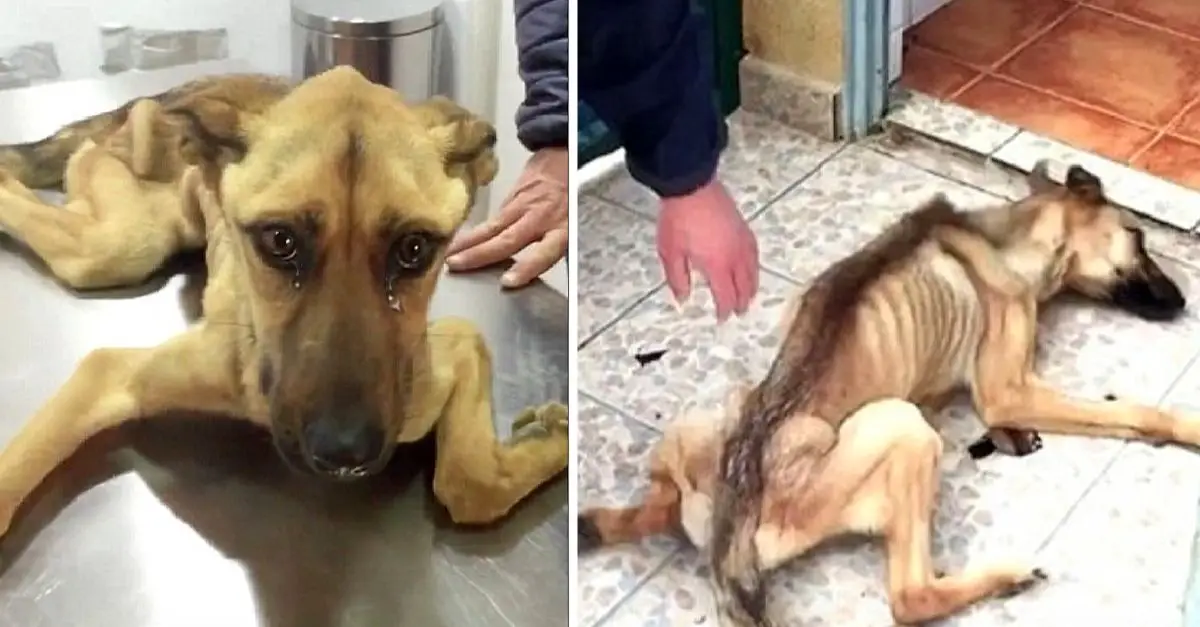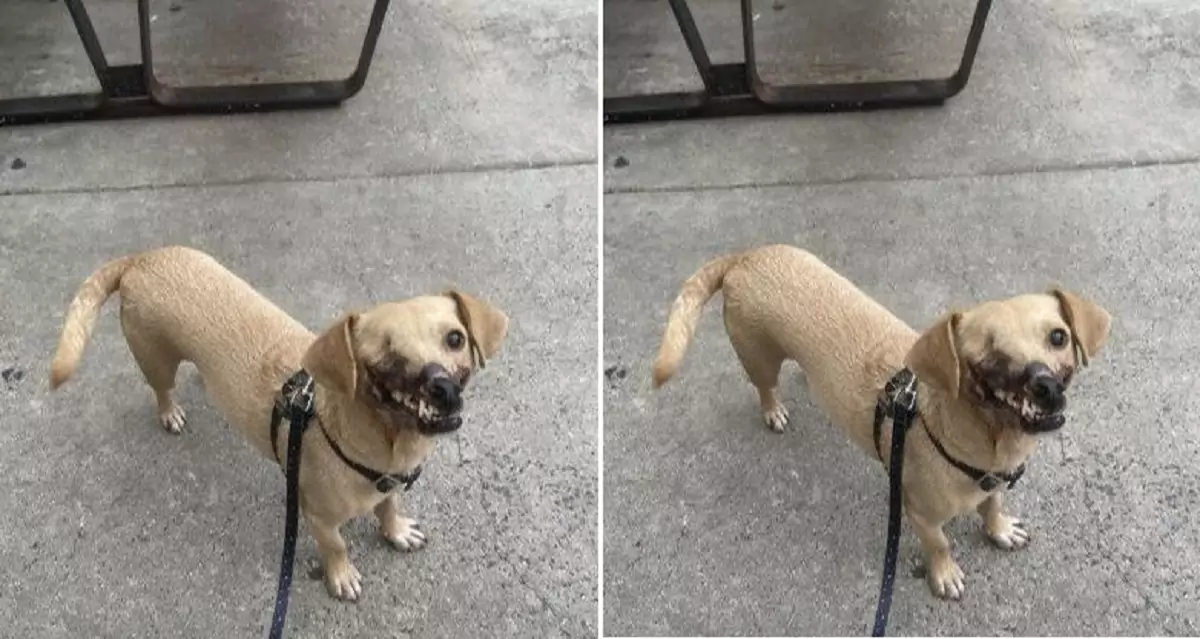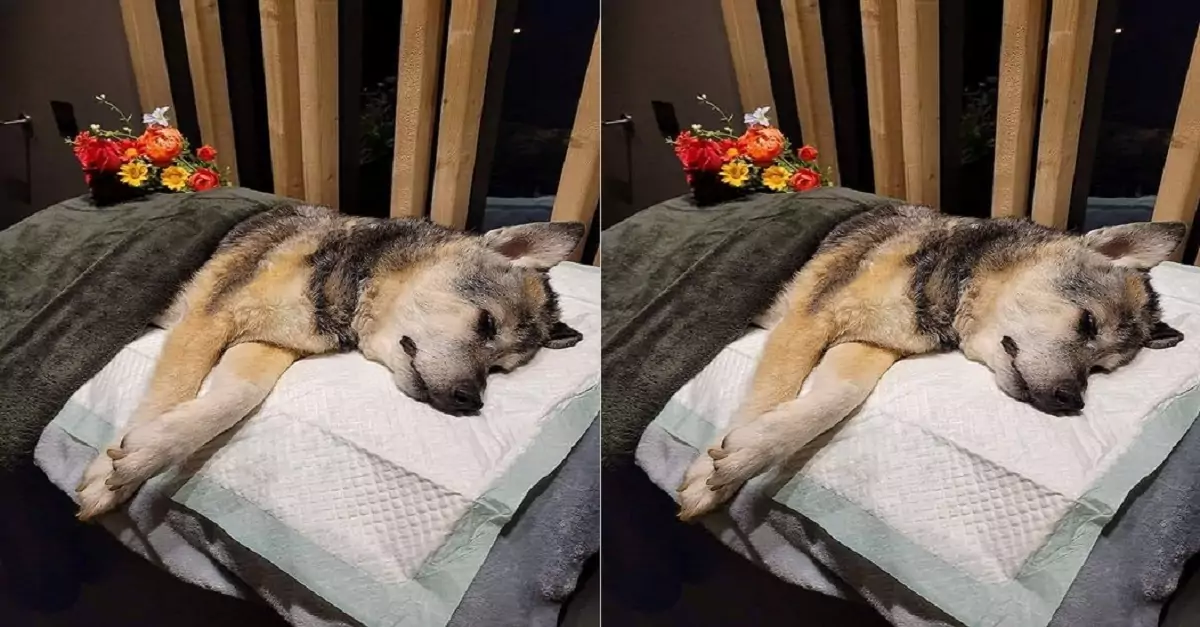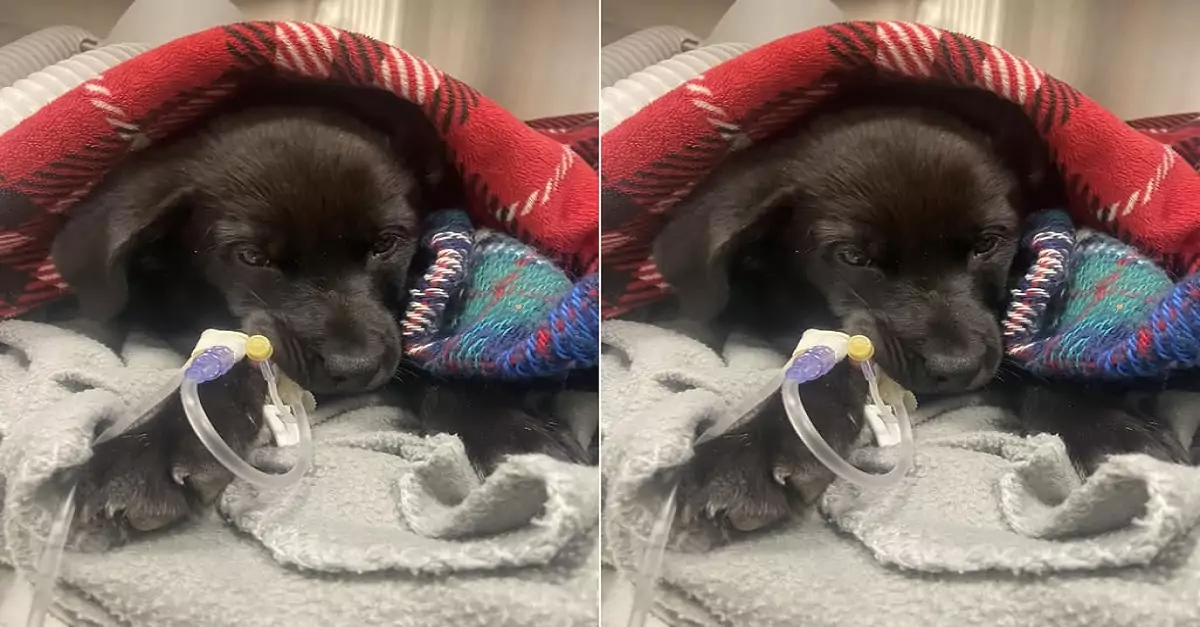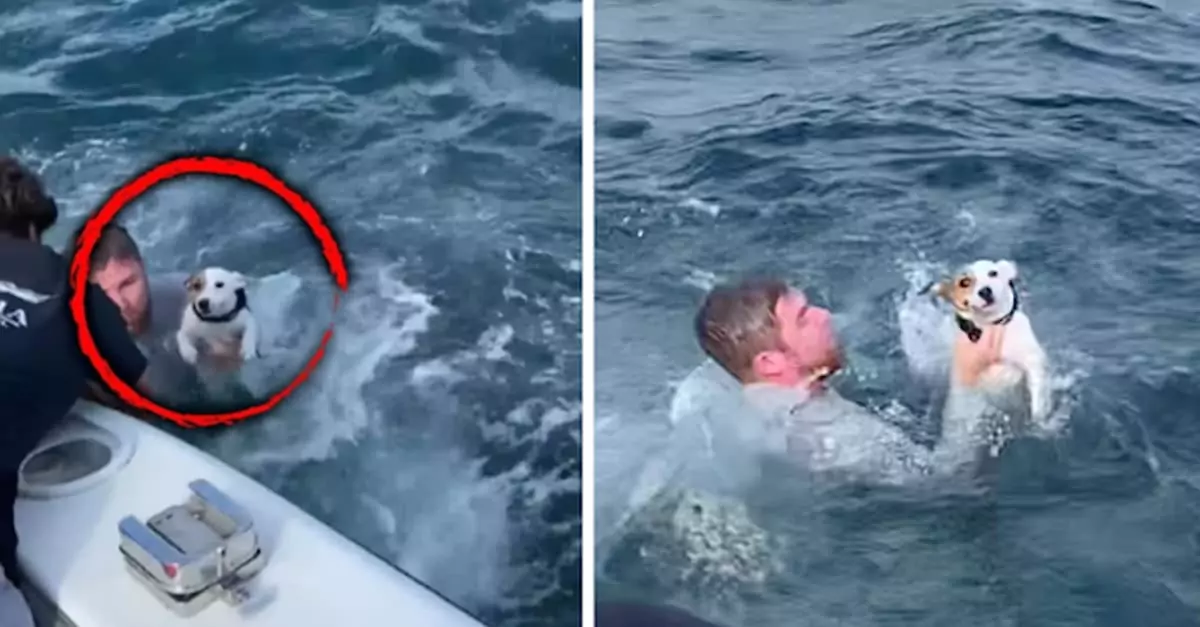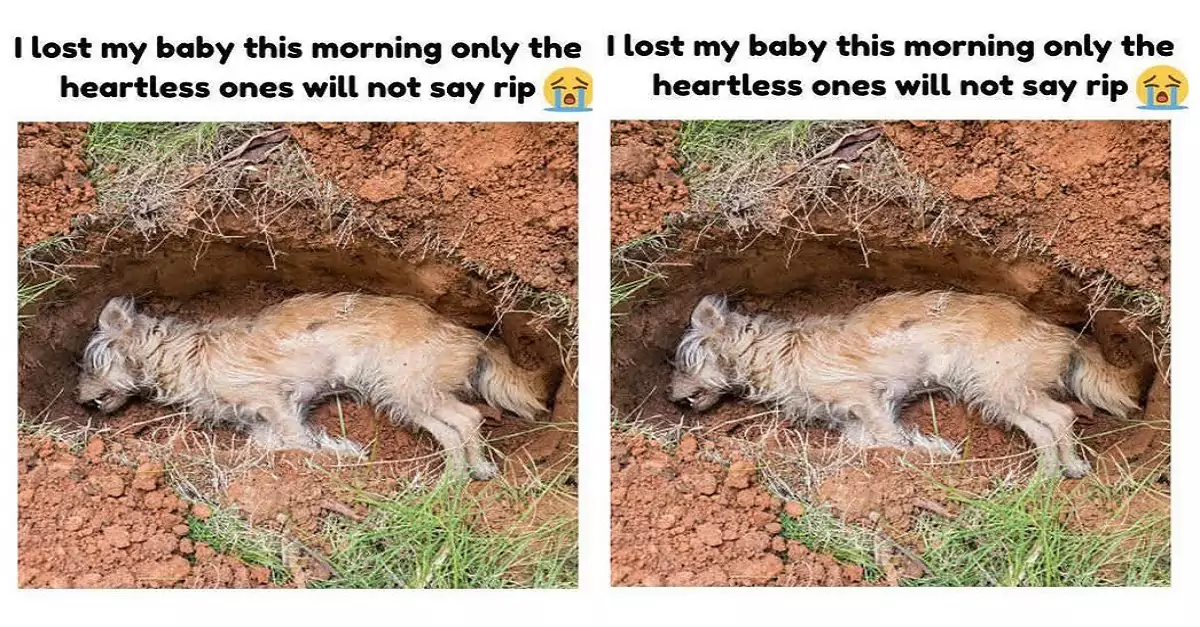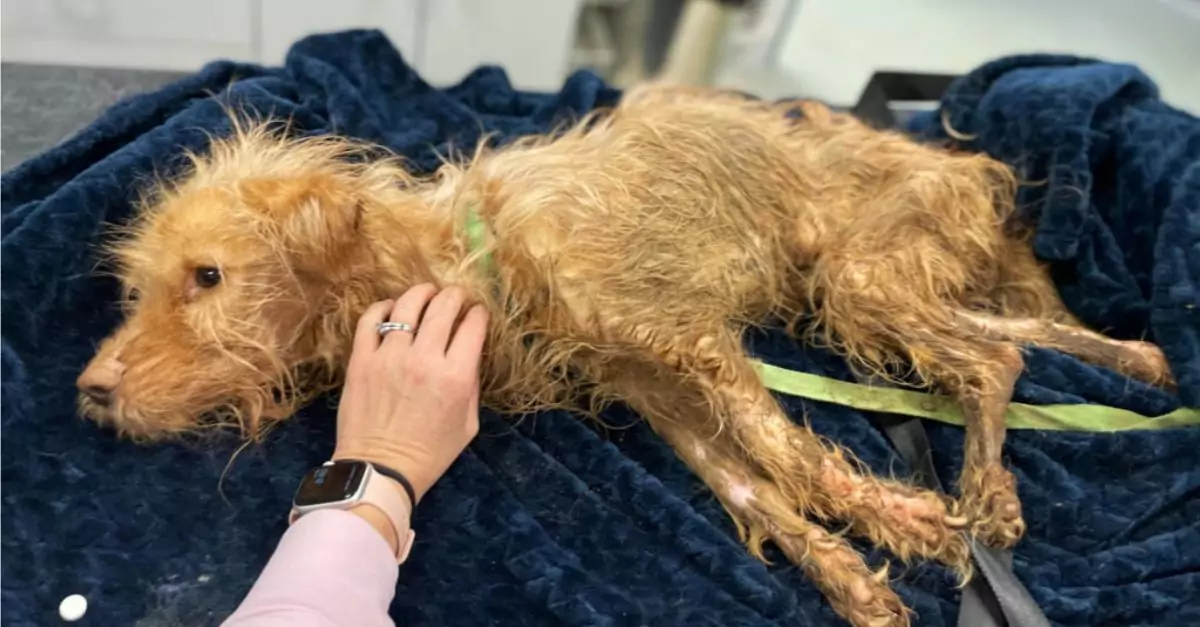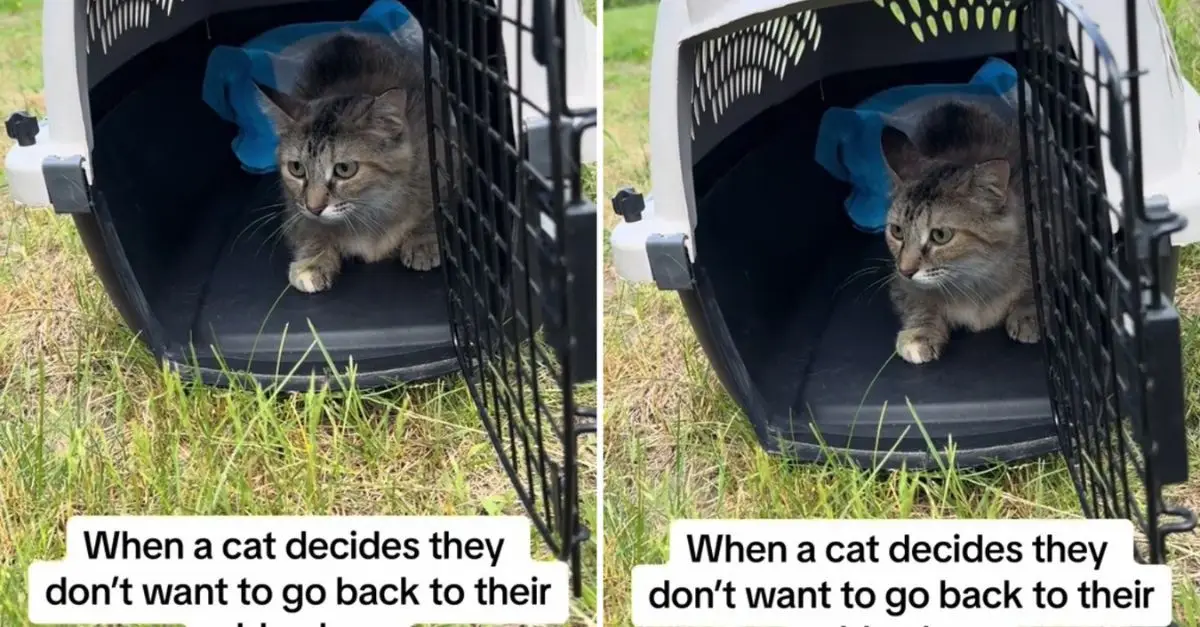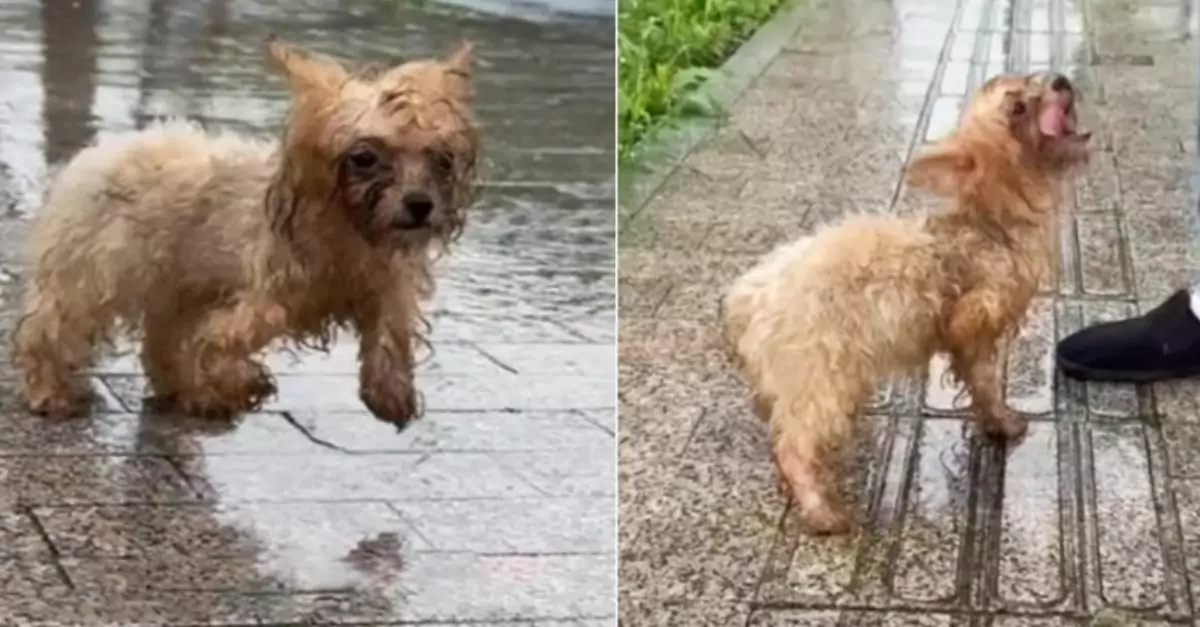San Juan, Puerto Rico – A simmering dispute over the fate of Puerto Rico’s iconic stray cats has erupted into legal action. The Maryland-based animal welfare organization, Alley Cat Allies, filed a lawsuit against the U.S. National Park Service (NPS) on March 28, 2024, challenging their plan to remove the felines from a historic district in Old San Juan.
The lawsuit, initiated by Maryland-based Alley Cat Allies, follows a federal agency announcement four months ago. The National Park Service revealed plans to collaborate with an animal welfare organization to remove approximately 200 stray cats residing around a historic seaside fortress in Old San Juan.
This organization will determine whether the captured cats will be adopted, placed in foster homes, kept in shelters, or subject to other decisions. As of now, it remains unclear whether any organization has been hired. The National Park Service previously stated it would employ a removal agency if the chosen organization fails to remove the cats within six months. The agency has not provided an immediate response to requests for comment.
The Role of Stray Cats in the Community
For years, both tourists and locals have viewed these stray cats as both a charm and a nuisance. In 2022, the National Park Service declared that the cat population had become excessive, leading to issues with the smell of urine and feces in the area.
Old San Juan, known for its ancient cobblestone streets and imposing fortress walls, is a major tourist destination, attracting millions each year. The stray cats have become an integral part of this landscape, beloved by many but also a source of complaints.

The Role of Stray Cats in the Community
Grounds for the Lawsuit
Alley Cat Allies, an animal protection organization with a strong reputation, argues that removing the stray cats would not only erase a part of the cultural heritage of the area but also violate humane principles of animal management. They advocate for a trap-neuter-return (TNR) program, a method that has shown success in many locations.
“TNR is a sustainable and humane way to control the stray cat population without causing them harm,” a representative from Alley Cat Allies stated. “We hope the National Park Service will reconsider its plan and work with us to find the best solution for both the community and the cats.”

Grounds for the Lawsuit
Impact of the Removal Plan
The National Park Service’s plan has sparked significant opposition from the local community and animal protection organizations. Many fear that removing the cats will strip Old San Juan of part of its essence, as these cats have been an essential part of the community for many years.
Moreover, the lack of a clear plan for the cats’ housing and care post-removal has raised concerns. Activists worry that many cats might end up in overcrowded shelters or even face euthanasia.
Looking Ahead: The Future of Stray Cats
Managing stray cat populations is a global issue, not just a challenge for Old San Juan. Experts agree that an effective strategy requires a comprehensive approach, including community education, TNR programs, and ensuring the welfare of the animals.

Looking Ahead: The Future of Stray Cats
The Alley Cat Allies lawsuit is currently awaiting a court ruling. In the meantime, the local community and animal lovers worldwide continue to monitor and support efforts to protect the stray cats of Old San Juan.
The resolution of this lawsuit could set a critical precedent for managing wildlife in historic and tourist areas, highlighting the need to balance cultural preservation and animal rights.

